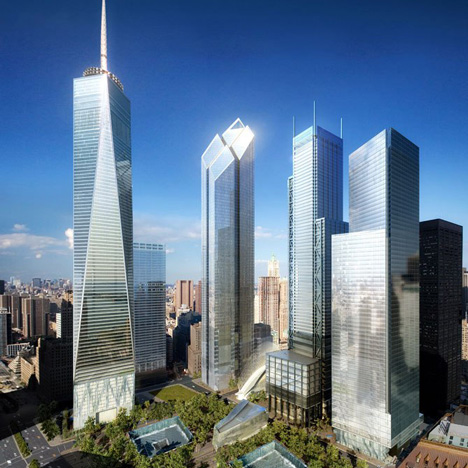
Snøhetta architect says 9/11 attacks led to "a reawakening of architecture in New York"
News: rebuilding the World Trade Center site has revitalised the architectural scene in New York according to architect Craig Dykers of Snøhetta, who designed a recently opened pavilion on the memorial site (+ interview).
Dykers, who heads Snøhetta's New York office, told Dezeen there has been "a reawakening of architecture in New York City since 2001", when thousands of people were killed in a terrorist attack that destroyed the city's iconic Twin Towers.
"Because of those buildings being attacked, there was an outpouring of awareness and generosity and people wanting to help rebuild, coupled with an openness to other cultural influences," said Dykers.
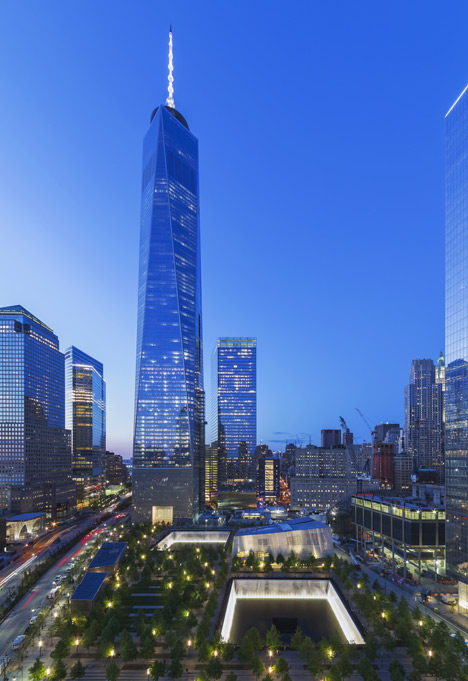
The architect claimed that the redevelopment of the site with skyscrapers by renowned international firms including Foster + Partners, Maki and Associates and Rogers Stirk Harbour + Partners has attracted many foreign architects to set up offices in the city.
"The architectural scene in the US, which once was probably led by architects in Los Angeles and other places in the west, has returned once again to the east coast," Dykers suggested. "I'm not saying there aren't any good architects on the west coast, but there's a tremendous concentration of architects in New York City now that haven't been here since the turn of the 20th century."
Dykers founded Snøhetta's New York office in 2004 when the firm was awarded the commission to design a cultural building on the memorial grounds.
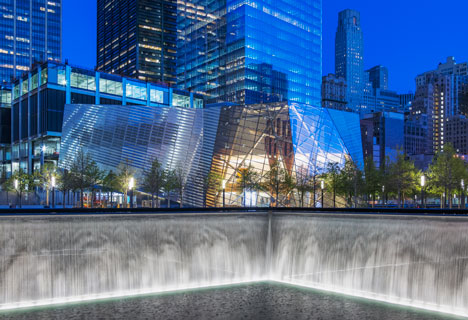
He described ideas floated in the aftermath of the attacks in 2001 to rebuild the Twin Towers in their original form as "morbid" and "nonsensical", adding that "bringing in architects from around the world to participate in the rebuilding is a good thing."
Snøhetta's faceted glass pavilion is the only building constructed on the landscaped memorial plaza at the Ground Zero site and marks the entrance to a subterranean museum dedicated to the impact of the attacks.
Dykers attended the official inauguration of the museum by US president Barack Obama last week and said he was surprised with the feedback from the people he spoke to, including representatives of the city's police and fire departments who said they liked the building's uniqueness and character.
"I think they're proud of that rather than a reproduction of the towers," Dykers suggested. "People are appreciating the unique, contemporary architectural design [at the World Trade Center site] and seeing it as a way of moving forward and that's a good thing for our profession."
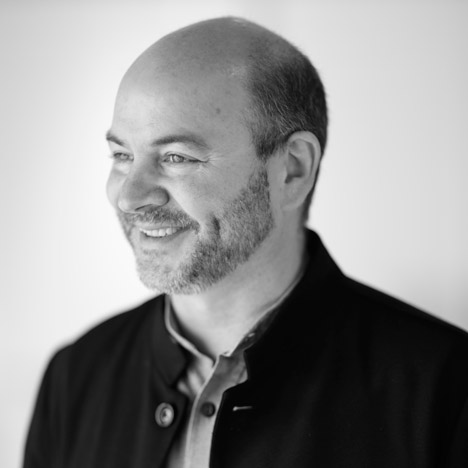
Here's an edited transcript of Dezeen's interview with Craig Dykers:
Alyn Griffiths: How was the dedication ceremony for the museum pavilion?
Craig Dykers: The headlines were correct in that they refer to it as joyful yet somber. It was a very challenging day for everyone because ordinarily when you open a classic or dedicated project, there's a tremendous sense of relief and happiness. The challenge here of course is that so many people died and part of the dedication is related to the loss of life so it's not a particularly joyful thing to celebrate. There was an interesting balance.
Alyn Griffiths: Do you think those who attended appreciated the building?
Craig Dykers: Yes, [although] of course a day like yesterday is very much about the people rather than the architecture. I can say that all the people I spoke to were proud of what was accomplished and, for whatever reason, the fire and police department officials all approached me and were very excited about the building and really liked the way that it turned out. It was a nice feeling.
You always think of fire or police department people as wanting something pretty straightforward and understandable but one of their comments was "we really like the fact that it's an unusual building and it has a lot of character – we don't understand it but we like it because it's unique".
I think they're proud of that rather than a reproduction of the towers. You may remember back in 2001 everyone said let's just rebuild the Twin Towers, but now after some time, people are appreciating the unique, contemporary architectural design and seeing it as a way of moving forward and that's a good thing for our profession.
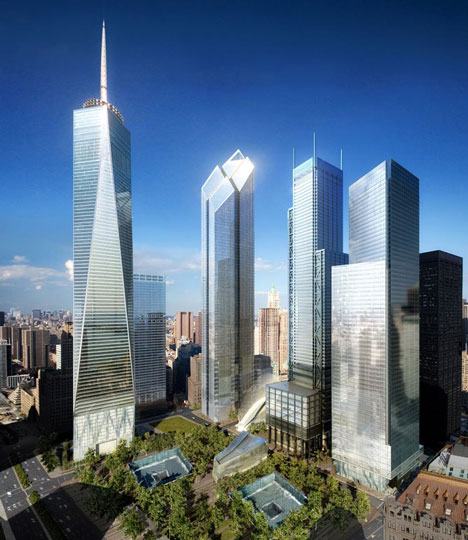
Alyn Griffiths: Can you tell me about the original brief you were given back in 2004?
Craig Dykers: There was always a desire to create a cultural building on the memorial grounds. Our office found that intriguing because this was a very unusual request. Typically, cultural buildings like museums are placed outside and the memorial is left pure in a very direct and clear way. We were always intrigued by the idea of merging these two things and it seemed to provide a sense of courage to allow culture to flourish on the memorial grounds. There are people who think that those two worlds don't mix and should be in a separate place.
The actual programme has changed. Originally there was an art gallery and a museum for human rights in the building and it transformed into a museum dedicated to the site of the World Trade Center buildings. So some people say it's dedicated to 9/11 but it's not actually dedicated to that, it's dedicated to all of the things that occurred on that site over the years including the terrorist attacks in 1993. I believe the mayor yesterday put it very well, saying that the museum is as much about September 12 as it is about September 11.
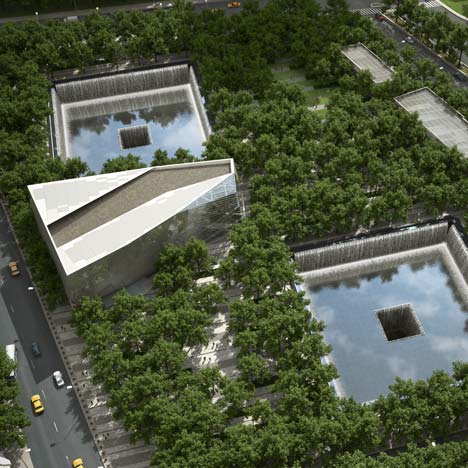
Alyn Griffiths: How did the changes in the building's programme you mentioned affect the design of the building?
Craig Dykers: The building was always responding more to its context than the specific objects that were going to be on display because the original building was two different museums with two different directorships so we couldn't tailor a single building to meet both of them. We created a single identity that was about the memorial grounds and that could be occupied by different types of cultural institutions over time.
An issue that was important to us was to create an architectural form that complimented the verticality of the surrounding skyscrapers and was a link to the horizontality of the memorial design. So our building is very horizontal in form and 90 degrees from the character of the skyscrapers and more in line with the character of the memorial. It lifts above the ground and up towards the sky. In terms of the narrative, each portion of the site has its role to play. So the memorial themselves, the pools the names of the deceased are in incised into the ground, reflect the absence of the people who lost their lives so they're essentially looking towards the past and the skyscrapers are about future commerce and about trusting the future.
Our building sits between the past and the future. It's the link – it's about the present in time. It's about you visiting this place as an individual and having your own understanding. It's an ephemeral one and once the present moment is gone, it becomes part of the abstraction of the past.
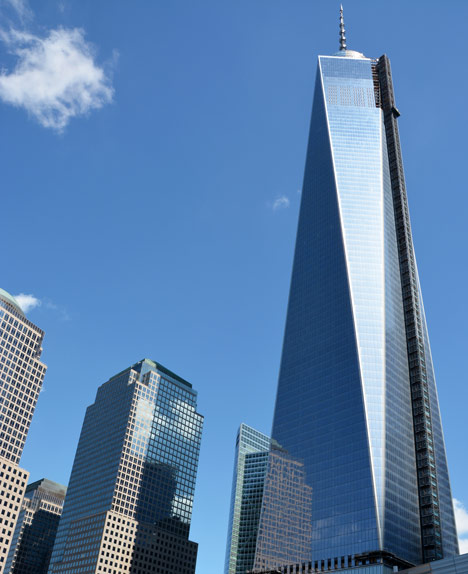
Alyn Griffiths: What are your general thoughts on the redevelopment of new World Trade Center site?
Craig Dykers: The challenge for most people is to even understand what the design is because it's such a complicated site. It's still not finished. So our building is not even approachable in the way that the building is meant to be approached.
In the future, when it finally opens, you'll be able to walk onto the memorial site without any security. Basically there's no walls and fences and nothing to keep you wandering in and you'll be able to come from the north east corner which is where all the train stations are and walk straight into the building from where the actual entrance is. Today you still have to enter alongside the rear exit of the building in order to get in. Until that's done, which could take a year, people won't be able to fully appreciate the regeneration of the World Trade Center site but I can assure you that when they open up the whole area, it will be an unbelievable event and it probably won't even be in the press because it's not like an opening, they'll just take the fences down and it'll change the whole of lower Manhattan quite considerably.
Alyn Griffiths: Do you think what's being constructed on the Word Trade Center site is better than rebuilding the Twin Towers?
Craig Dykers: It's clearly better. Rebuilding the original towers is morbid. It's just a nonsensical idea but bringing in architects from around the world to participate in the rebuilding is a good thing. There are both American and foreign architects involved so we have a reawakening of architecture in New York City since 2001. In fact, more international architects are practising here. The architectural scene in the US, which once was probably led by architects in LA and other places in the west, has returned once again to the east coast. I'm not saying there aren't any good architects on the west coast, but there's a tremendous concentration of architects in New York City now that haven't been here since the turn of the 20th century.
Alyn Griffiths: Why do you think that is?
Craig Dykers: Because of the Ground Zero attacks, because of those buildings being attacked, there was an outpouring of awareness and generosity and people wanting to help rebuild, coupled with an openness to other cultural influences. And that's in contrast to what's often written about in the papers, but it did actually happen.